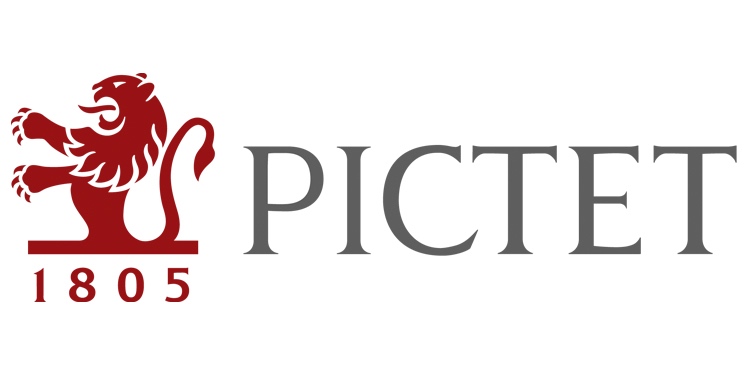
With banks curtailing lending, private debt can step in to support healthy companies.
Andreas Klein, Head of Private Debt, Pictet Asset Management.
Scarcity of capital and higher funding costs make today’s credit backdrop extremely difficult for borrowers. Poor management of balance sheets and thin capitalisation has put increasing pressure on banks, and with further Basel reforms coming through, there has been a strong focus from banks on reducing risk-weighted assets. This means less appetite for sub- investment grade lending exposure and lower propensity for underwriting deals. At the same time, high yield issuance plummeted in 2022 and 2023 and we are yet to see much of a rebound.
Borrowers are also faced with a maturity wave coming up over the next few years. Both borrowers and lenders will be under significant pressure to raise capital for these refinancings. Although we have seen significant maturity walls in the past, the debt that was refinanced between 2010 and 2012, for example, benefited from an environment where rates were decreasing. This is very different to what we are facing today. Because of this, although an expectation of slightly higher default rates and stress will affect existing legacy stock, there are going to be opportunities, particularly for new managers and/or vintages to capitalize on these dynamics.
Furthermore, a slowing economy with lower valuation multiples has created significant opportunities for consolidation of markets. From a credit standpoint, this is also an opportunity to support fundamentally strong companies with healthy balance sheets. If these are able to raise the appropriate capital, they can consolidate the market through business acquisitions at attractive entry pricing, and create synergies and economies of scale. Credit managers can fill the liquidity gap left by banks to help facilitate these efforts.
Bank retrenchment and volatile public markets have created strong tailwinds for private debt. Best of all, this is happening alongside an increase in underlying rates and a widening of spreads, and a reduction in leverage as the cost of funding restricts debt capacity. The upshot for investors is the best of both worlds – higher return for lower risk.
There are over 1,200 billion-dollar startups (unicorns) around the world. Yet many startups struggle to raise sufficient funding and more than two thirds never deliver a positive return. European private debt has grown at double-digit rates over the last decade. Many private credit managers active in this market often look to raise larger funds and to scale up their platforms to earn bigger management fees. This can lead to oversupply in the larger segment, leaving increased competition in the lower- to mid-sized market and, consequently, creating attractive risk-adjusted returns for lenders in that smaller space.
Lending to smaller businesses can be particularly attractive because, in some cases, the micro niches they focus on are so insular that they are isolated from the macroeconomic cycle. Regulatory or legal requirements can create these dynamics, resulting in recurring business for niche players in the markets affected and giving them strong visibility over future revenues.
This was the case with a recent technology business in the energy transition market, for which Pictet provided financing to support a buy-out. The deal backed a highly successful entrepreneur who took over the business from its founder, who wanted to exit. Financing the transaction allowed both parties to achieve their goals.



